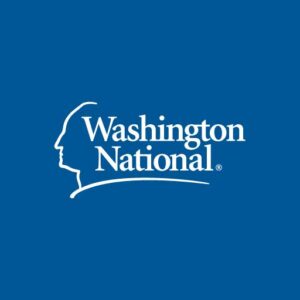
Screening guidelines and prevention tips for Breast Cancer Awareness Month
Step outside during the month of October and you’re likely to see a lot of pink. Pink clothing, pink hair, pink car ribbons, pink jewelry…you name it, you may see it! Many people display pink during October because it’s Breast Cancer Awareness Month, a time to raise awareness about the prevalence and prevention of breast cancer.
Breast cancer is the most common cancer diagnosed among U.S. women and is the second leading cause of cancer death among women after lung cancer, according to our community partner the American Cancer Society.1 Fortunately, breast cancer mortality has declined over the past couple decades thanks to advancements in early detection and treatment. In fact, in one year’s time, there are up to 45,000 fewer breast cancer deaths in the U.S. thanks to cancer screening!2
The lowdown on breast cancer screening
The most common screening test for breast cancer is mammography, a low-dose X-ray of the breast. Regular mammograms can help find breast cancer at an early stage, when treatment is most successful. So, when should women start getting screened for breast cancer, and how often should they do it? That depends, but here are some guidelines from the American Cancer Society for women of average risk of developing breast cancer:
- Women should have the opportunity to begin annual screenings between the ages of 40–44.
- Women 45–54 should be screened annually.
- Women ages 55 and older should transition to biennial screening or the have the opportunity to continue screening annually.
- Women should continue receiving mammograms as long as their overall health is good and they have a life expectancy of 10 or more years.
Women who have a higher risk of breast cancer due to family history, certain gene mutations, exposure to radiation therapy to the chest, and certain syndromes should begin screening when they are 30 and continue for as long as they are in good health.
Learn more about breast cancer screening guidelines from the American Cancer Society, and talk to your health care providers about your personal circumstances and preferences so you can work together to develop a breast health plan.
Tips for preventing breast cancer
Breast cancer screening is effective at detecting breast cancer, but are there ways you can prevent it from developing in the first place? Some risk factors, such as family history, can’t be changed. However, there are lifestyle changes you can make to help lower your risk.
- Limit alcohol to no more than one drink a day, as even small amounts may increase your risk of developing breast cancer.
- Maintain a healthy weight. Talk to your doctor about a weight that’s right for you and strategies to reach or maintain that weight.
- Be physically active by aiming for at least 150 minutes a week of moderate aerobic activity or 75 minutes of vigorous aerobic activity.
- Breastfeed if you’re able. The longer you’re able to breastfeed, the greater the protective effect against breast cancer.
- Eat a healthy diet focused on plant-based foods, whole grains, legumes, nuts, healthy fats and lean meats.
- Be vigilant about your breast health. If you notice any changes, such as lumps or skin changes, consult your doctor.
Washington National is here for you!
Washington National supports women in the prevention, detection and treatment of breast cancer. Many of our policies feature wellness benefits, which are payable for annual preventative health screenings such as mammograms. And when diagnoses happen, our cancer policies can help women receive the care they need through benefits paid for covered cancer treatments. Find a local Washington National agent to learn more!
1American Cancer Society, Breast Cancer Facts & Figures 2019–2020, https://www.cancer.org/research/cancer-facts-statistics/breast-cancer-facts-figures.html, 2020.
2American Cancer Society Journals, Breast cancer deaths averted over 3 decades, https://acsjournals.onlinelibrary.wiley.com/doi/full/10.1002/cncr.31954, 2019.
LIMITED-BENEFIT POLICIES. These policies have limitations and exclusions. For costs and complete details of coverage, contact your agent. Policies and benefits are subject to state availability.
